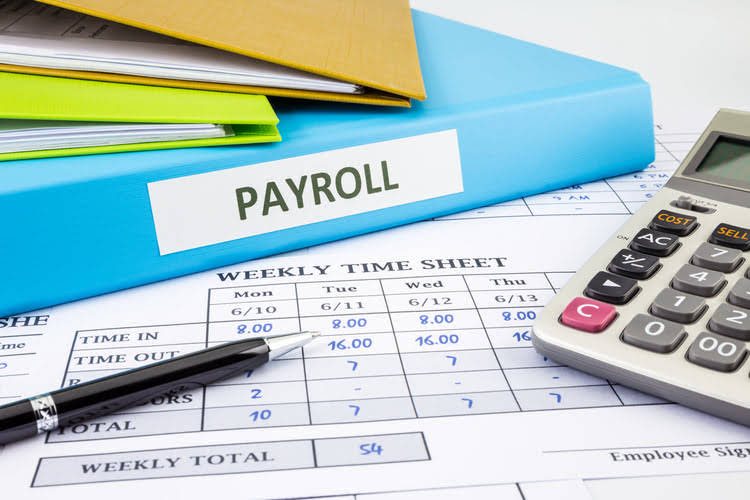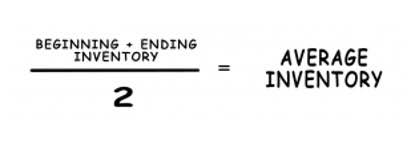The accounting equation Student Accountant Students

Each entry made on the debit side has a corresponding entry or coverage on the credit Online Accounting side. The accounting equation is a core concept of modern accounting that states that a company’s assets are the sum of its liabilities and its shareholder equity. The total asset turnover ratio is a general efficiency ratio that measures how efficiently a company uses all of its assets. This gives investors and creditors an idea of how a company is managed and uses its assets to produce products and sales.
📆 Date: Aug 2-3, 2025🕛 Time: 8:30-11:30 AM EST📍 Venue: OnlineInstructor: Dheeraj Vaidya, CFA, FRM

Use the balance sheet equation when setting your budget or when making financial decisions. Company credit cards, rent, and taxes to be paid are all liabilities. Your bank account, company vehicles, office equipment, and owned property are all examples of assets. The Fixed Asset Turnover Ratio (FAT) is found by dividing net sales by the average balance of fixed assets.
The Basic Accounting Equation
At some point, the amount in the revenue accounts will be transferred to the owner’s capital account. Since ASC has completed the services, it has earned revenues and it has the right to receive $900 from the clients. Taking time to learn the accounting equation and to recognise the dual aspect of every transaction will help you to understand the fundamentals of accounting.
- In other words, this equation allows businesses to determine revenue as well as prepare a statement of retained earnings.
- As you can see, shareholder’s equity is the remainder after liabilities have been subtracted from assets.
- If a company takes out a five-year, $4,000 loan from a bank, its assets (specifically, the cash account) will increase by $4,000.
- These may include loans, accounts payable, mortgages, deferred revenues, bond issues, warranties, and accrued expenses.
- Since the balance sheet is founded on the principles of the accounting equation, this equation can also be said to be responsible for estimating the net worth of an entire company.
Accounting Equation for a Corporation: Transactions C1–C2
Instead, companies should evaluate the industry average and their competitor’s fixed asset turnover ratios. The fixed asset turnover ratio is only useful as a comparative tool. A company will gain the most insight when the ratio is compared over time to see trends. A technology company like Meta has a significantly smaller fixed asset base than a manufacturing giant like Caterpillar. In this example, Caterpillar’s fixed asset turnover ratio is more relevant and should hold more weight for analysts than Meta’s FAT ratio.
Its assets are now worth $1000, which is the sum of its liabilities ($400) and equity ($600). #2 – ROTA – Return on Total Assets is calculated as the Net income ratio to the total value of its assets. HighRadius stands out as an IDC MarketScape Leader for AR Automation Software, serving both large and midsized businesses. The IDC report highlights HighRadius’ integration of machine learning across its AR products, enhancing payment matching, credit management, and cash forecasting capabilities. Here we can see the list of all liabilities that have been reported on Hershey company balance sheet for 2023. However, equity can also be thought of as investments into the company either by founders, owners, public shareholders, or by customers buying products leading to Bookkeeping for Consultants higher revenue.

- The balance sheet lists all of a business’s assets, liabilities, and shareholders’ equity.
- This equation plays a critical role in financial reporting, decision-making, and understanding the financial health of a business.
- Like with most ratios, the asset turnover ratio is based on industry standards.
- Assets are now higher than equity, and the denominator of the return on assets calculation is higher because assets are higher, assuming returns are constant.
- FAT only looks at net sales and fixed assets; company-wide expenses are not factored into the equation.
Thus, there is no need to show additional detail for the asset or liability sides of the accounting equation. This equation holds true for all business activities and transactions. If assets increase, either liabilities or owner’s equity must increase to balance out the equation.
Financial Close Solution

Double-entry accounting is a fundamental concept that backs most modern-day asset equation accounting and bookkeeping tasks. The expanded accounting equation can be rearranged in many ways to suit its use better. With that being said, no matter how the formula is laid out, it must always be balanced.












